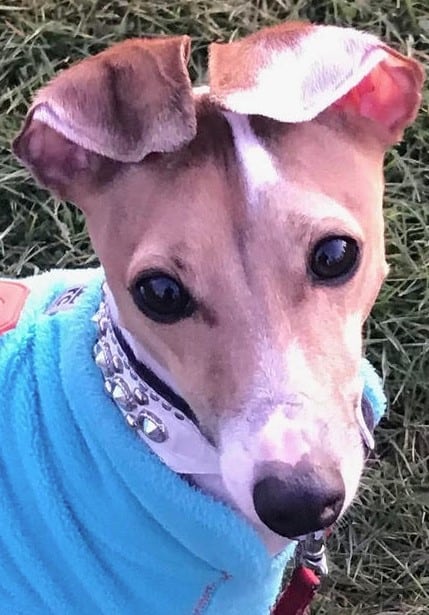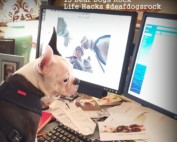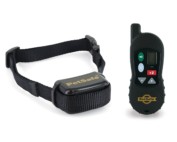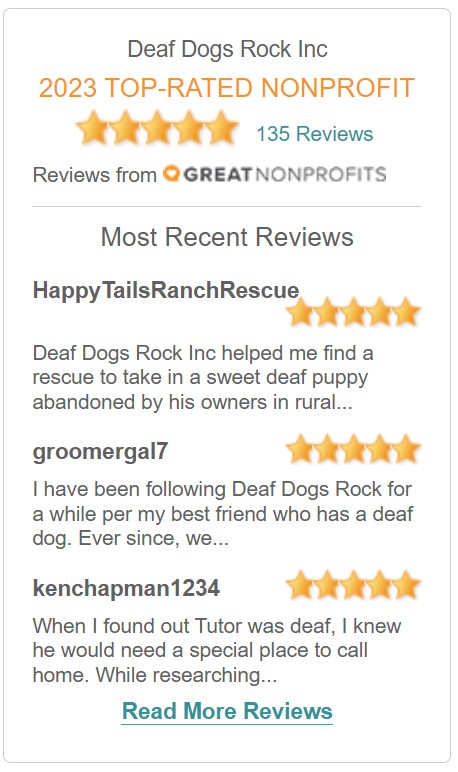Liam’s Theory Of Sound
By: Chris Brooklyn
I did not know my 8 week old Italian Greyhound puppy was deaf. Only after posting a question on FB about my dogs sensitive skin did I learn that white dogs are more prone to deafness, and that maybe my dog was deaf. I waited till Liam was asleep, and played a recording of “sounds to make your dogs ears perk” and absolutely nothing happened! Not a single ear twitch. His Vet confirmed he is 100% deaf. Initially I was very sad, but soon realized he didn’t care, and being a sight hound was also good, and as time unfolds I realize how being deaf actually has many positives.
Liam knows hand signals, and can read my facial expressions. I doubt he will ever know his name, but other than that his deafness is only problematic when it comes to recall, and other dogs. He knows “come” but getting him to look at me for the command is challenging. He fails to pick up on other dogs growls, or hear if they are running at him. I find the biggest danger is another dog body slamming his fragile body because he doesn’t hear them coming. So Liam rarely plays with other breeds of dogs.
All dogs face the danger of other dogs, and recall and as long as I keep watch he will be safe. Liam being deaf turns out to have lots of benefits. Training sessions are not interrupted by sounds. Other dogs barking often stresses out dogs in a coursing setting, but not Liam.
When I work at motorcycle races, Liam sleeps peacefully in his crate. He is less nervous than many other dogs of his breed. He does like to bark more than other IG’s, and his bark is high pitched, and his reaction to a stumble or nip from another dog tends to be way over the top, and last longer than a hearing dog, and I have had some difficulty finding a agility trainer willing to work with a deaf dog, but did find one eventually and we plan to start that in the next few months.
Despite being born deaf Liam participates in Lure Coursing, is almost a Champion straight racer, a AKC titled trick dog, a Novice in Barn hunt, and has started Nose Work training. He know signs for: sit, stay, food, come, spin, twirl, left side, right side, stand and spin, bark, relax, quiet, NO bark, potty, come, down, go, find it, paws up, stick out your tongue, crate, bath, ok, over there, all done, and bunny. I find the learning I must do to adjust my training style is good for my mind, and also beneficial when used to work with hearing dogs. Dogs prefer visual cues to verbal cues a lot of the time, and having a alternative method of communication is always a good thing.
My little deaf dog is a wonder and a blessing. The reward and satisfaction I find in
having a deaf dog surprises me every day, and I wouldn’t change it if I could!








